
Ferrous Futures, Video, 2021,
43:06

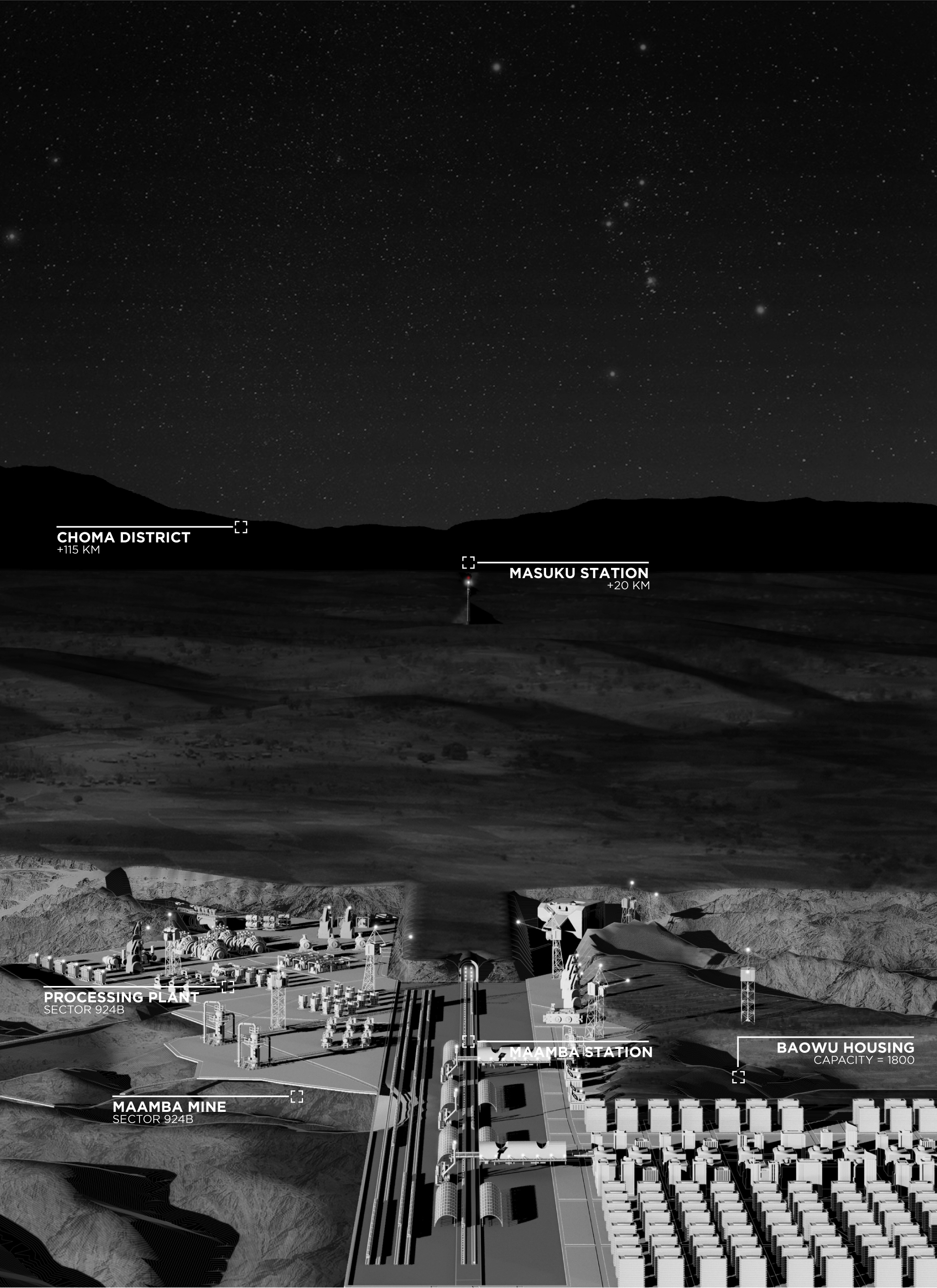





Early Life - Extraction


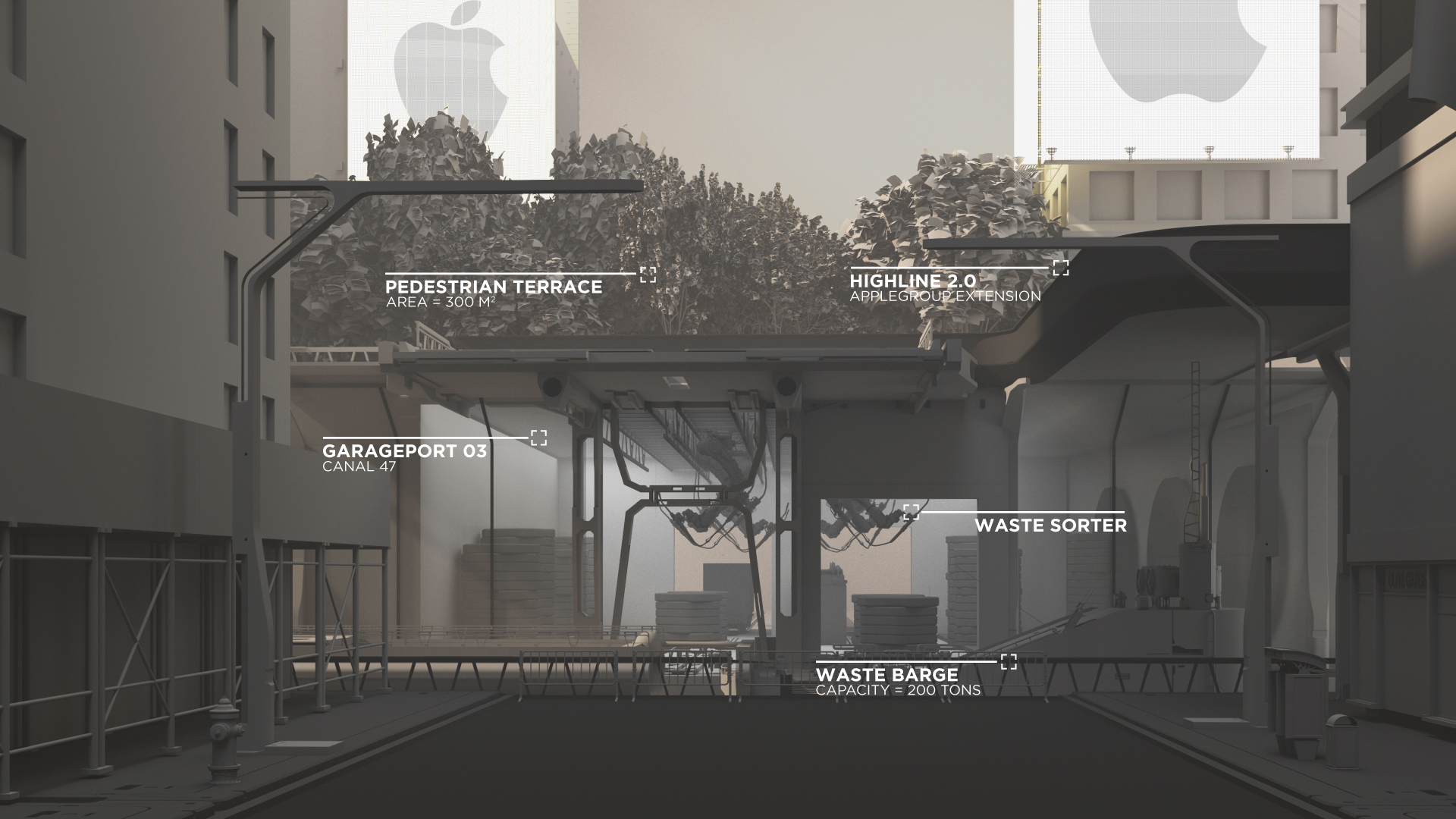


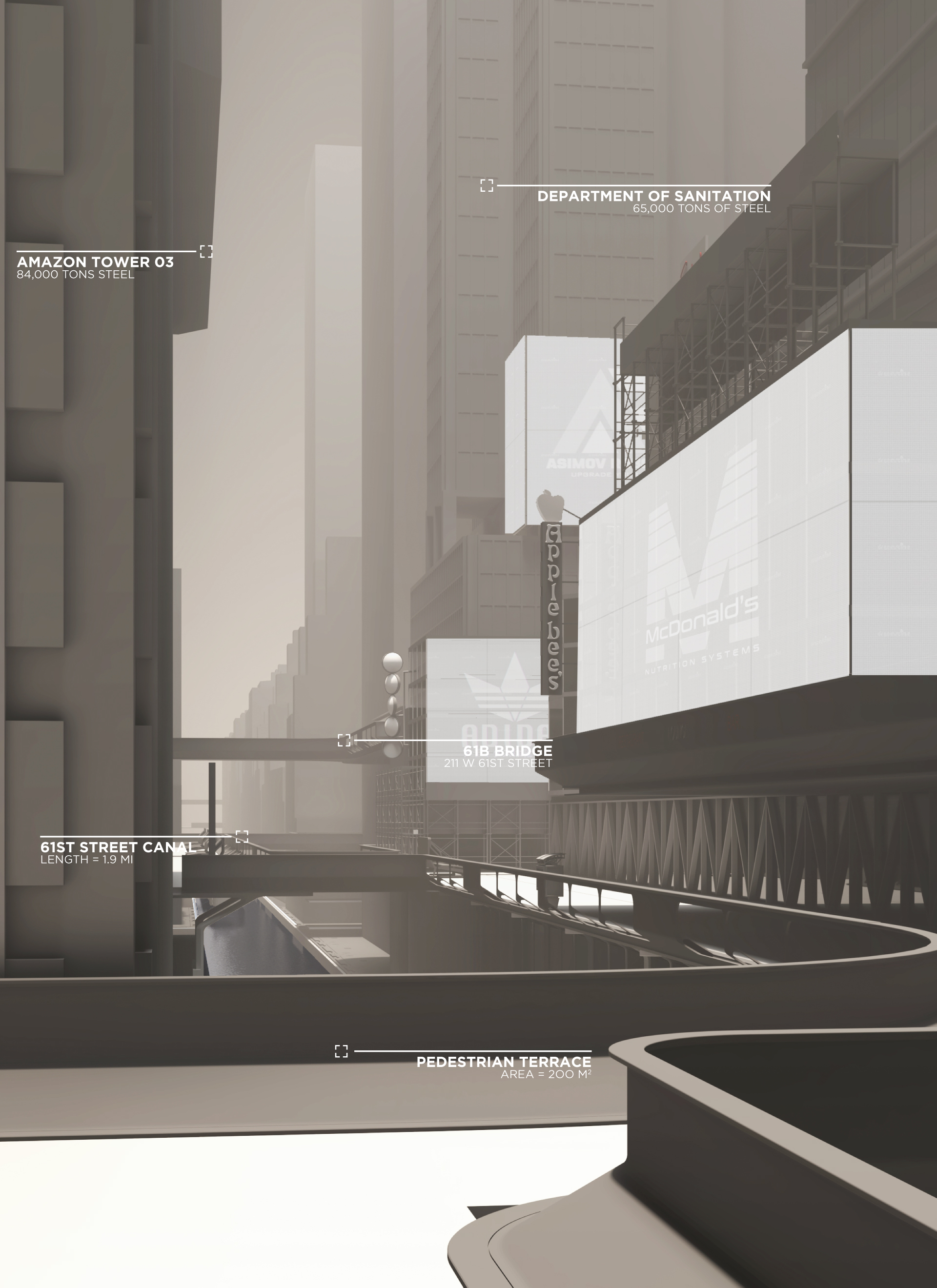
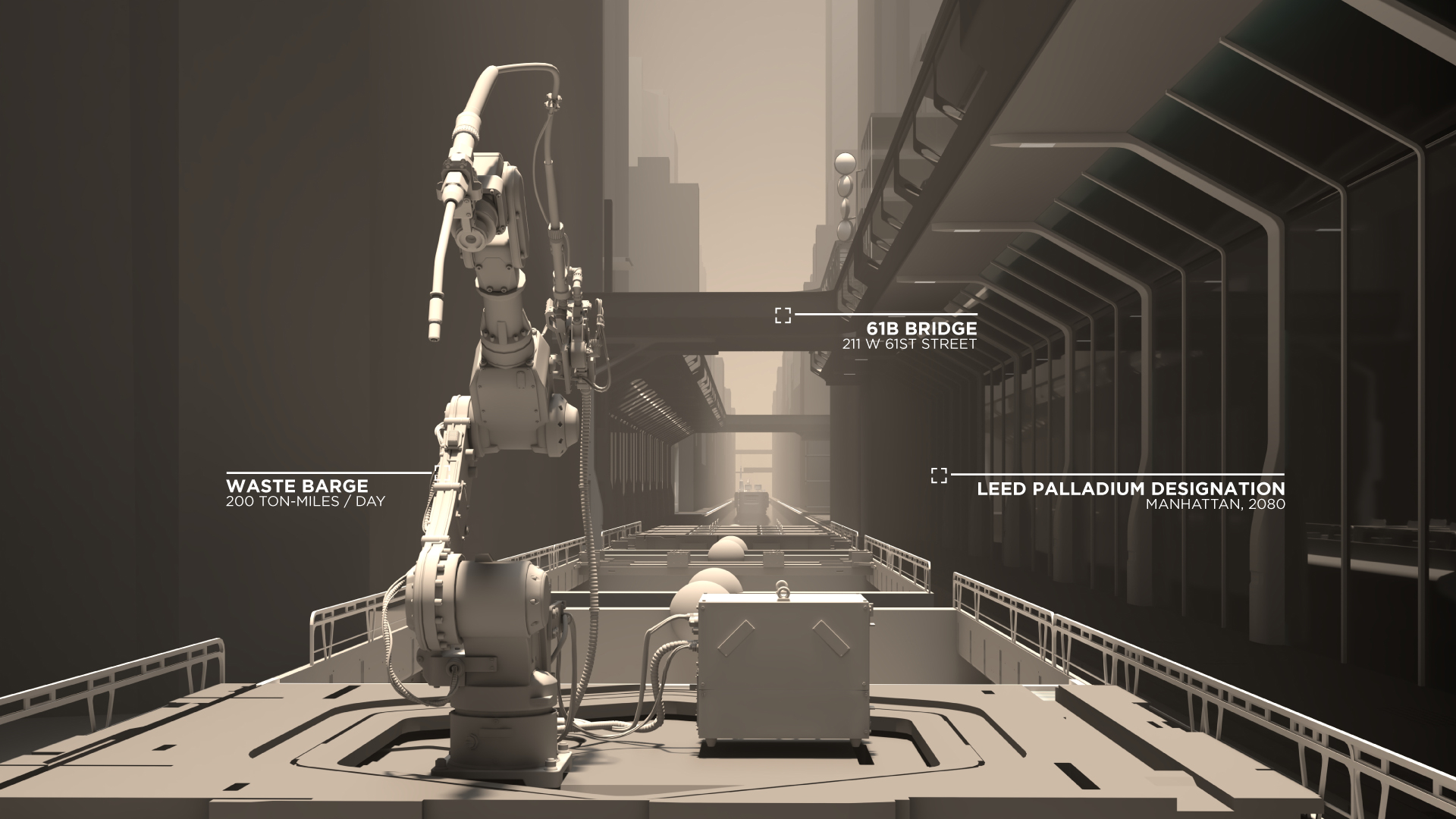
Mid Life - Recycling








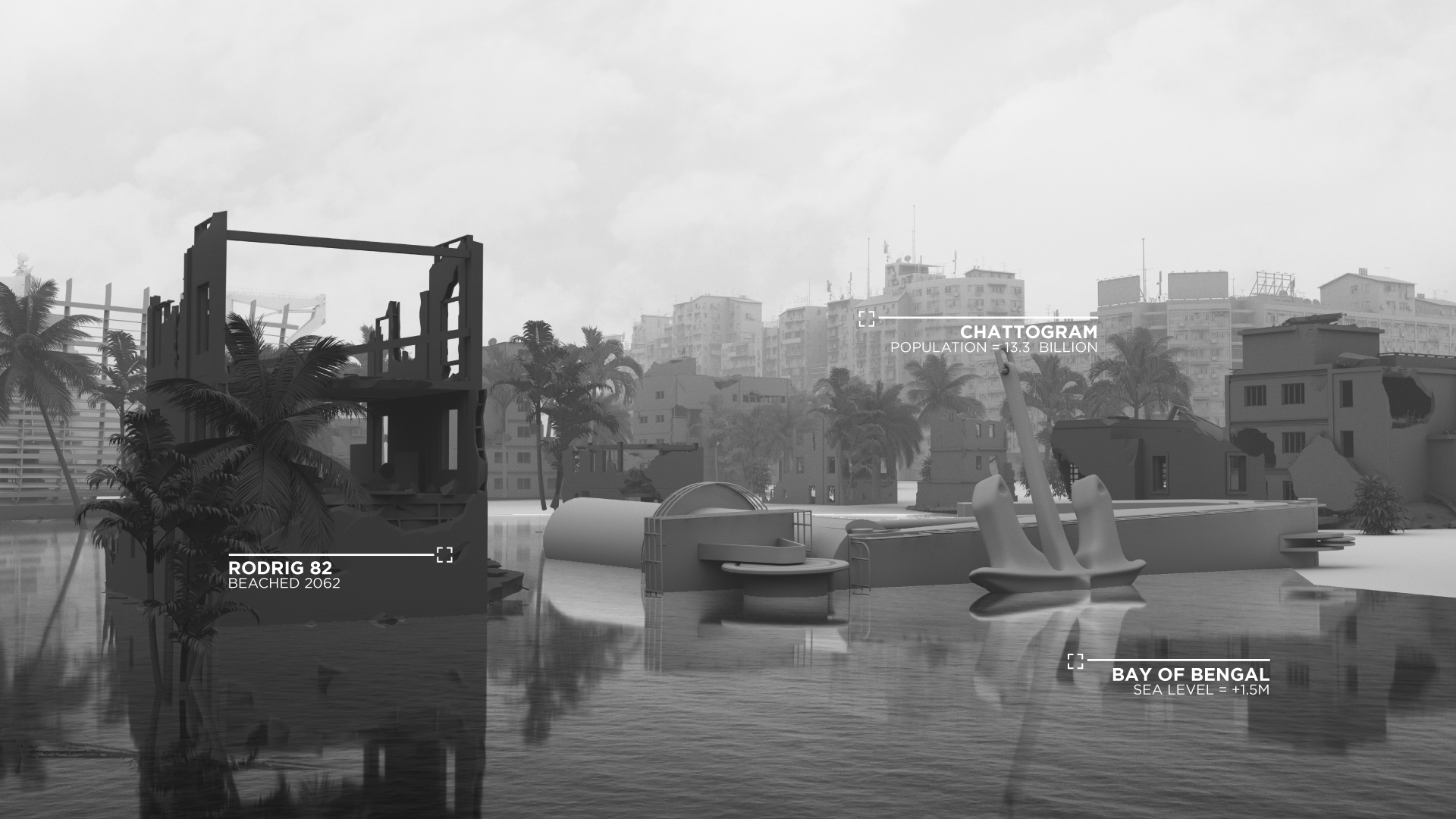
End of Life - Disposal
FERROUS FUTURES
Two trillion kilograms of steel are produced around the world on an annual basis, enough to construct 17,000 Birds Nest Stadiums, 31,000 Empire State Buildings, or 480,000 Guggenheim Bilbao skeletons. If all of this steel were to fill Central Park, this single ingot would be nearly ten meters tall. If this steel were to wrap around the earth, it would circle the equator more than three times.
As populations grow and urban centers densify, so too will our material dependence. This thesis combines methods from scientific research and scenario planning to develop a series of speculative futures as a response to this ever-changing and challenging environment. These scenarios provide plausible futures that operate within the confines of the current capitalist system; they highlight the absurdity of our current practice without becoming absurdly unrelatable.
The goal of scenario design is not to produce an alternative material but to question the consequences of our current practice, while acknowledging that we as designers operate within a larger geopolitical context. While there are many disciplines involved in the global steel industry, architecture is still culpable. At 56%, the built environment is the single largest consumer of steel.
In imagining these scenarios, we reconstruct our material culture and the effects that these speculations might have in the complex networks in which this material is embedded. “They allow us to prepare for the future...by providing a context for speaking about the unspeakable.” While this thesis questions the pervasiveness of steel in the built environment, it is our hope that this reciprocal research-design methodology could be expanded or applied to other issues of global complexity.
︎︎︎ Download Full Thesis
︎︎︎ Ferrous Futures, Video, 2021, 43:06
Location: The Globe
Year: 2021
Type: Scenarios
Size: 196.9M SQ MI
Status: On-going
Advisor: Mariana Ibañez
Readers: Mark Jarzombek, John Ochsendorf
* The project has won the Imre Halasz Thesis Prize, 2021, issued by MIT School of Architecture and Planning.